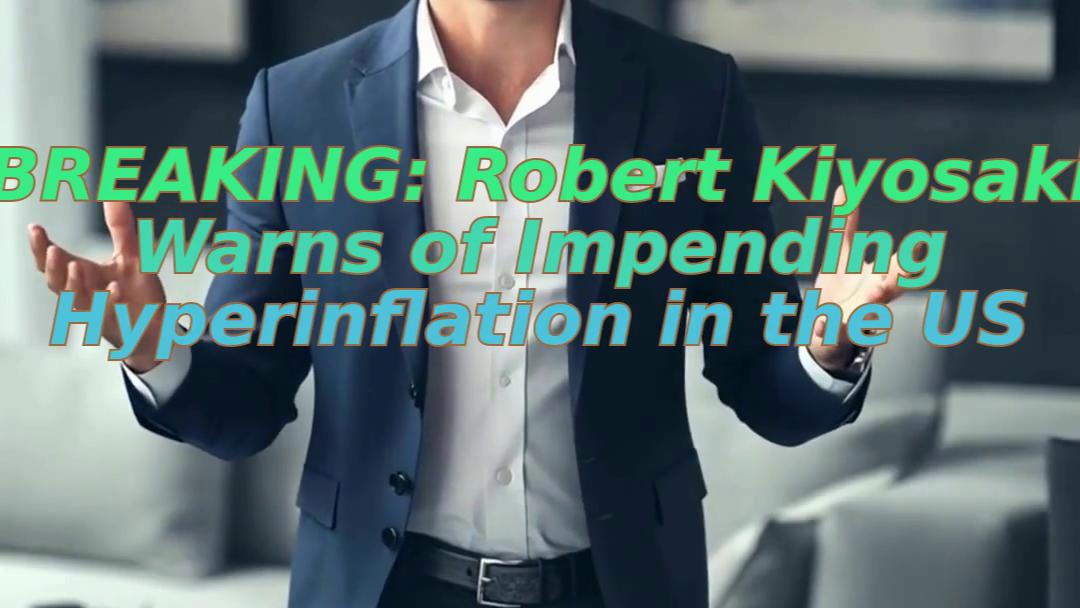Why Kiyosaki’s Fast Food Warning Could Be Your Wealth-Building Blueprint
The financial sage Robert Kiyosaki once declared, “You don’t get rich eating at McDonald’s.” In 2025, this bold statement isn’t just a critique of frugality—it’s a red flag for the economy and a roadmap for investors. Let’s unpack how Kiyosaki’s warnings about fast food affordability, poverty cycles, and systemic debt could shape your investment strategy.
The Fast Food Paradox: Scarcity Mentality vs. Asset Building
Kiyosaki’s analogy of “poor people can’t afford McDonald’s” is counterintuitive. Fast food is cheap, yet he argues it symbolizes a mindset that perpetuates poverty. Why? Because relying on short-term cost-cutting (like eating dollar menus) distracts from long-term wealth creation. Instead of building income-generating assets—real estate, stocks, or businesses—you’re trapped in a cycle of “living below your means,” which he calls a “rich person’s myth.”
The economic stakes are clear:
- Fast Food Profits Are Slipping. Chains like McDonald’s (MCD) and Burger King face declining sales as consumers prioritize “affordable luxuries” or cut back entirely.
- Debt-Fueled Growth Is Collapsing. The U.S. national debt surpassed $36.22 trillion in 2025, with credit card debt hitting $1.21 trillion—both records.
Kiyosaki’s Four Pillars of Wealth Survival
To escape poverty and profit from the “Greater Depression” he foresees, Kiyosaki advocates:
- Reject “Living Below Your Means.” Instead of cutting costs, focus on income-producing assets like rental properties or stocks.
- Think Like a Capitalist. Learn to distinguish assets (cash-flow positive) from liabilities (costly luxuries).
- Become an Entrepreneur. Start a side business—network marketing, agriculture, or niche services—to diversify income.
- Invest in Financial Education. Tools like the CASHFLOW Board Game simulate asset-building strategies, while Bitcoin and gold ETFs (like GLD) teach hands-on risk management.
The Investment Case for “Scarcity-Proof” Assets
Kiyosaki’s 2025 warnings highlight two critical themes: debt-driven instability and asset scarcity. Here’s how investors can capitalize:
1. Gold & Silver: The Ultimate Safety Nets
With gold at $3,300/oz in early 2025 (up 43.5% annually) and Kiyosaki predicting a $30,000/oz surge by 2035, precious metals are a no-brainer.
2. Bitcoin: The Disruptor’s Hedge
Bitcoin’s 2024 peak of $100,000 and Kiyosaki’s $1 million/coin target by 2035 make it a high-risk, high-reward bet. Unlike fast food stocks, Bitcoin’s decentralized nature shields it from systemic collapse.
3. Real Estate: Cash Flow Over Condos
Focus on rental properties or REITs (Real Estate Investment Trusts) that generate steady income—avoid “status symbols” like luxury homes.
The Data-Backed Bottom Line
Kiyosaki’s framework isn’t just philosophy—it’s math. Consider these 2025 realities:
- Unemployment hit 4.2% in March, with sectors like oil (Chevron plans 15–20% layoffs by 2026) and government jobs (280,000 cuts proposed) at risk.
- Gold-backed ETFs (GLD) outperformed the S&P 500 by 13% in Q1 2025.
- Bitcoin’s volatility dropped by 30% compared to stocks in 2024, signaling growing stability.
Investors who heed Kiyosaki’s warnings will shift from “McDonald’s mentality” to asset-based resilience. By prioritizing education, entrepreneurship, and hard assets, they can turn the coming “Greater Depression” into their greatest wealth-building opportunity.
Final Verdict:
Avoid fast-food-style short-term fixes. Instead, load up on Bitcoin (BTC), gold (GLD), and income-producing real estate. The road to riches isn’t in the dollar menu—it’s in the assets that outlast the storm.


_442a2dcc1749832873286.jpeg)
_e68fac6d1749831664430.jpeg)




























